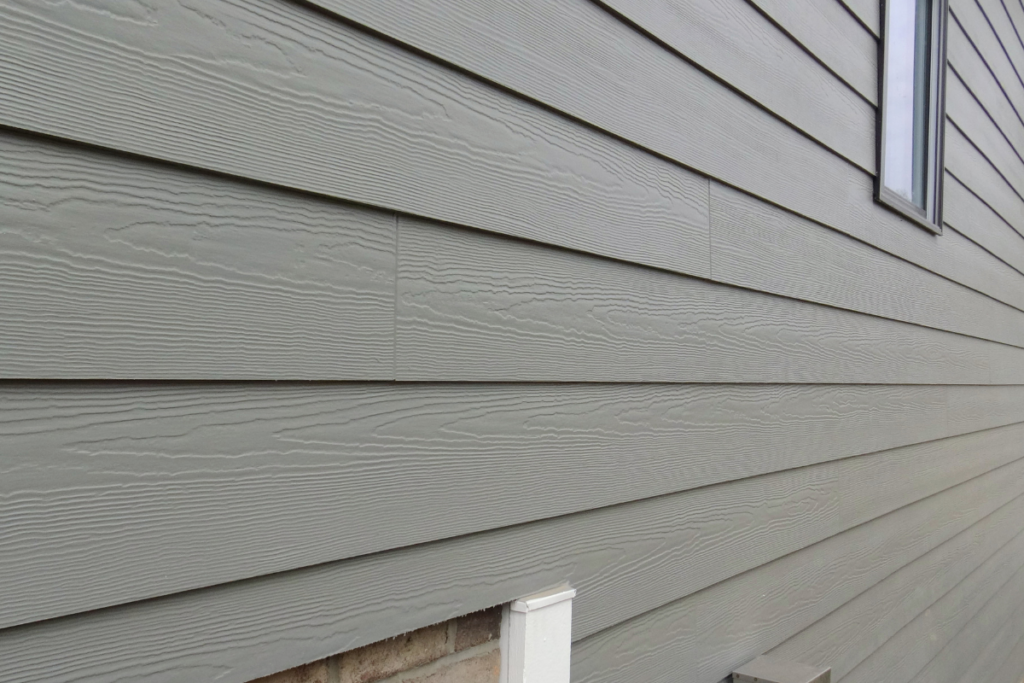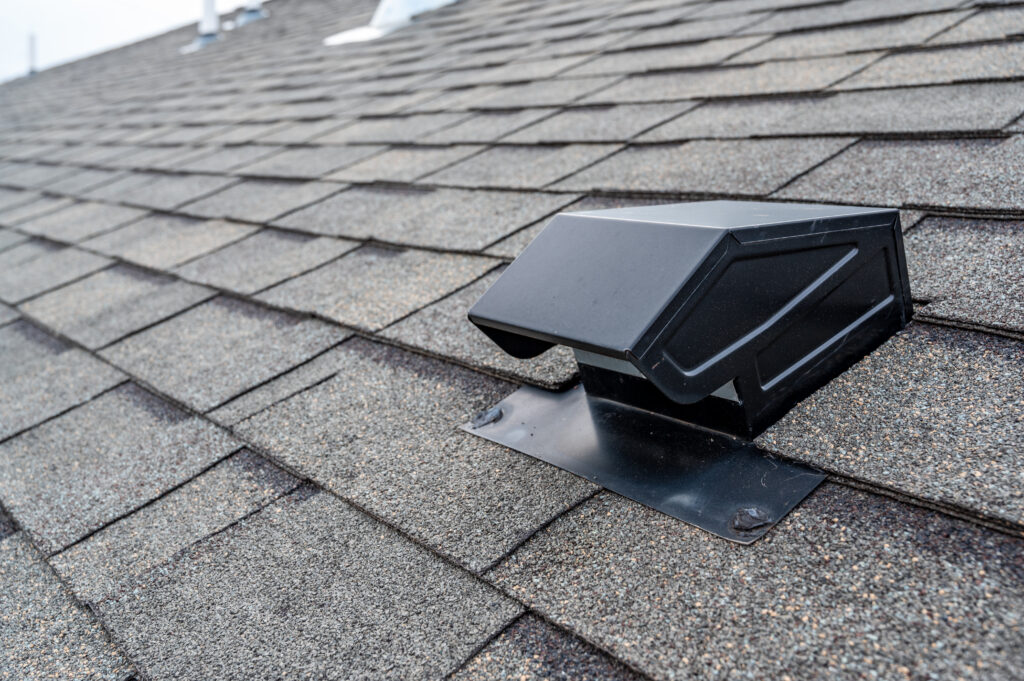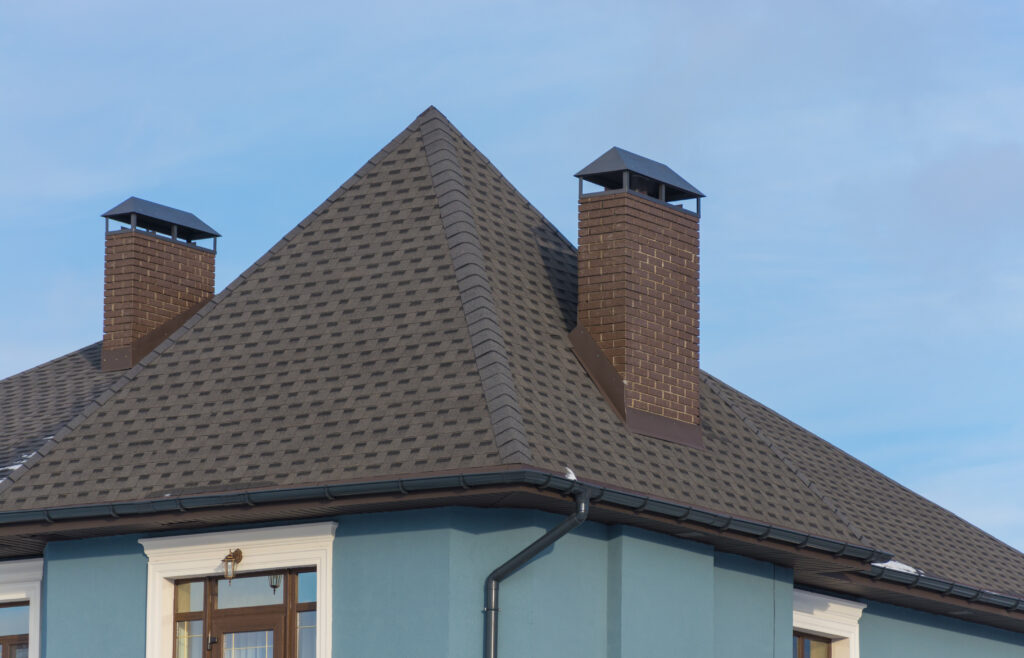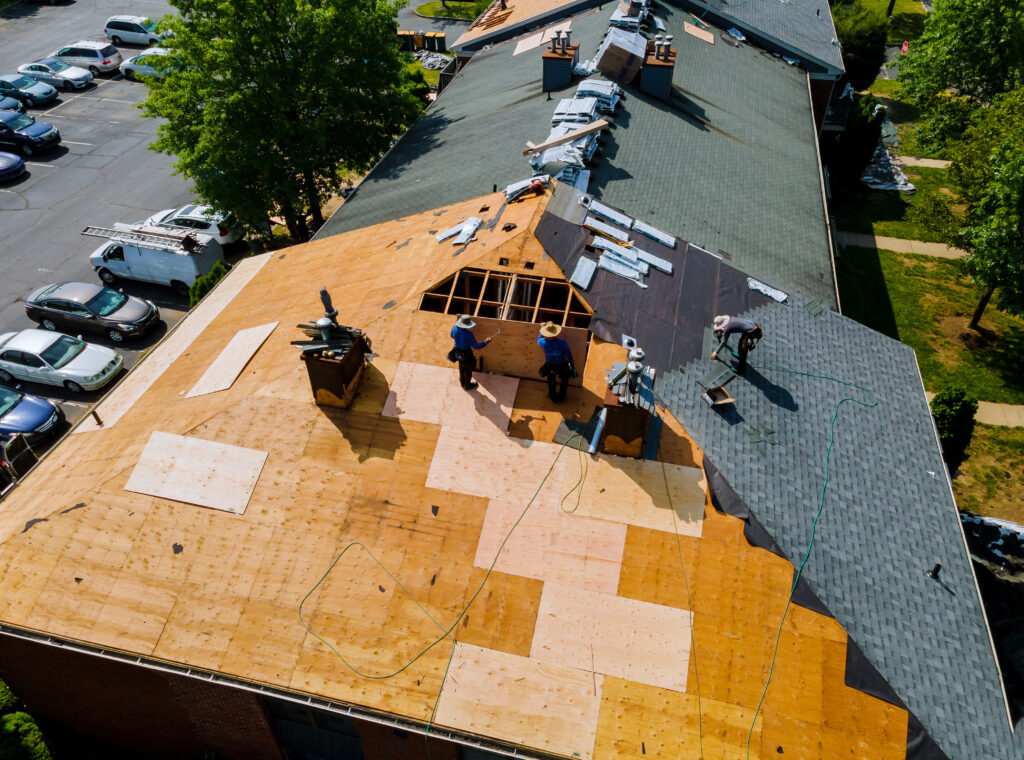Severe weather can strike at any time, bringing with it the potential for significant damage to your home. From high winds and heavy rain to hailstorms and even hurricanes, your home’s exterior faces constant threats from the elements. The key to protecting your home is by fortifying it with storm-resistant siding and roofing. In this blog, we’ll explore how you can prepare your home for severe weather by choosing the right materials, performing regular maintenance, and making proactive improvements to protect your property.
1. Why Storm-Resistant Siding and Roofing Matter
Your roof and siding are your home’s first line of defense against extreme weather. Without durable, storm-resistant materials, your home could suffer damage from high winds, flying debris, and water infiltration, leading to costly repairs. Investing in storm-resistant siding and roofing not only protects your home but can also save you money in the long run by preventing more extensive damage during severe weather events.
Benefits of Storm-Resistant Materials:
- Withstands high winds: Storm-resistant roofing and siding materials are designed to endure strong wind speeds, reducing the risk of damage or detachment.
- Resists impact from debris: Hail, tree branches, and other debris can cause significant damage, but impact-resistant materials help protect your home from these hazards.
- Prevents water infiltration: Leaks and water damage can be devastating during a storm. Storm-resistant siding and roofing provide a watertight barrier, reducing the likelihood of moisture entering your home.
2. Choosing Storm-Resistant Roofing Materials
When preparing your home for severe weather, the type of roofing material you choose plays a significant role in protecting your home from wind, rain, and hail. Here are some of the best storm-resistant roofing materials:
A. Metal Roofing
Metal roofing is one of the most durable options for withstanding severe weather. Metal panels are resistant to both high winds and impact, making them ideal for areas prone to storms.
- Wind Resistance: Metal roofs are often rated to withstand wind speeds up to 140 mph or higher, making them a great option for hurricane-prone areas.
- Impact Resistance: Metal roofs can withstand hail and debris without cracking or splitting, reducing the risk of leaks.
- Durability: Metal roofs can last up to 50 years or more, making them a long-lasting investment in your home’s protection.
B. Asphalt Shingles
Not all asphalt shingles are created equal, but choosing shingles that are rated for impact and wind resistance can provide reliable storm protection.
- Impact-Resistant Shingles: Look for Class 4 impact-rated shingles, which are designed to withstand hail and debris without cracking.
- Wind Resistance: High-quality asphalt shingles can withstand wind speeds of up to 130 mph, making them a durable and affordable choice for many homeowners.
- Cost-Effective: Asphalt shingles are an economical option while still providing strong protection when you choose high-performance varieties.
C. Tile Roofing
Clay and concrete tiles are heavy, durable materials that offer excellent protection against strong winds and hail.
- Wind Resistance: Properly installed tile roofing can withstand wind speeds up to 125 mph or more.
- Impact Resistance: Tiles are naturally resistant to hail and debris, making them an excellent choice for severe weather.
- Lifespan: Tile roofs can last over 50 years with proper maintenance, providing long-term protection.
3. Storm-Resistant Siding Options
Like your roof, your siding also plays a critical role in protecting your home from the elements. Choosing the right storm-resistant siding can prevent wind and water damage during a storm. Here are some top siding options:
A. Fiber Cement Siding
Fiber cement siding is an extremely durable option that’s resistant to both impact and fire, making it ideal for homes in areas that experience high winds and severe weather.
- Impact Resistance: Fiber cement is designed to withstand debris and hail without denting or cracking.
- Wind Resistance: Fiber cement siding can withstand winds up to 130 mph or more, depending on installation quality.
- Water Resistance: Fiber cement resists moisture, preventing rot and water damage.
B. Vinyl Siding
Vinyl siding has improved over the years, and impact-resistant varieties offer good protection from severe weather.
- Impact Resistance: Opt for heavy-duty, impact-resistant vinyl siding to protect your home from hail and flying debris.
- Wind Resistance: High-quality vinyl siding can resist winds up to 110 mph or more, but it’s essential to ensure professional installation for optimal performance.
- Cost-Effective: Vinyl is a budget-friendly option that still provides solid storm protection when you choose reinforced products.
C. Metal Siding
Metal siding offers the same benefits as metal roofing, providing excellent protection from high winds and impact.
- Wind Resistance: Metal siding is highly wind-resistant, with the ability to withstand speeds of 140 mph or higher.
- Durability: Metal siding is resistant to dents and scratches, offering long-lasting protection against storm damage.
4. Additional Steps to Storm-Proof Your Home
In addition to installing storm-resistant siding and roofing, there are other steps you can take to ensure your home is fully prepared for severe weather:
A. Secure Your Gutters
Properly functioning gutters are essential for preventing water damage during heavy rainstorms. Clogged or damaged gutters can lead to water pooling on your roof or around your foundation.
- Clean your gutters regularly to ensure they can effectively divert water away from your home.
- Install gutter guards to prevent debris from clogging the system.
- Ensure downspouts are directed away from the foundation to prevent water buildup around your home.
B. Reinforce Doors and Windows
Windows and doors are vulnerable points during a storm, so it’s crucial to ensure they are reinforced to withstand high winds and debris.
- Install impact-resistant windows or storm shutters to protect your windows from breaking.
- Use reinforced doors with sturdy frames to prevent them from being blown open during a storm.
C. Trim Trees and Secure Loose Items
Falling trees and debris can cause significant damage to your roof and siding during a storm. Regularly trimming tree branches near your home can reduce the risk of them falling and damaging your property.
- Secure loose items in your yard, such as patio furniture, grills, and garden tools, to prevent them from becoming dangerous projectiles during high winds.
Conclusion
Preparing your home for severe weather is essential to protect it from costly damage. By investing in storm-resistant siding and roofing materials, you can safeguard your home against high winds, hail, and heavy rains. Additionally, regular maintenance and proactive steps like securing gutters and trimming trees can further fortify your home against the elements.
Are you ready to protect your home from severe weather? Contact TriState Exteriors today for expert advice on storm-resistant roofing and siding installation. Our team of professionals will help you choose the best materials to ensure your home stays safe, no matter what the weather brings. Schedule a consultation today!




